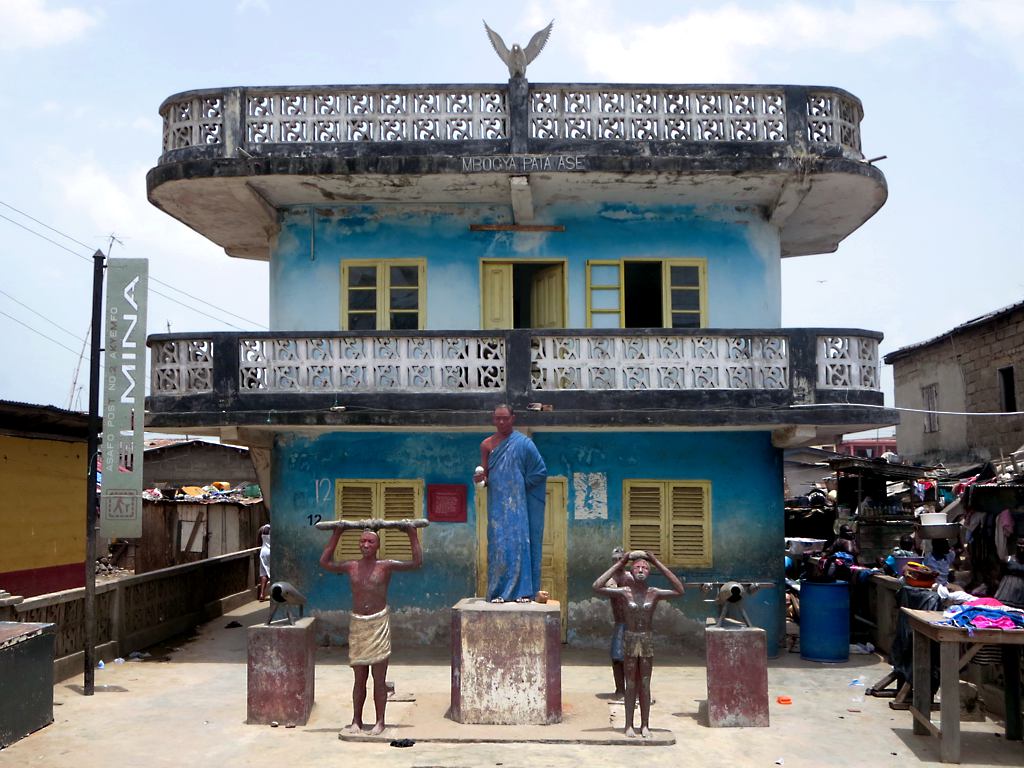The Fante people, an ethnic group living in Ghana’s coastal regions, are known for their traditional shrines and fortified constructions, which are referred to as posuban. In times of war, these buildings served as both defensive positions and places of worship. The name “posuban” is derived from “posu,” a Fante word that means “war camp.”
Posubans are typically constructed from mud, wood, and stones and are ornamented with detailed carvings and vibrant murals. They frequently have a central courtyard surrounded by halls and chambers that serve a variety of functions, including housing soldiers’ sleeping quarters and housing weapons and ammunition.
Posubans were an integral element of Fante culture and had a big impact on the history of the area. The Fante people utilized them to protect themselves from attacks by other tribes and European colonial forces. Many of the posubans used in traditional ceremonies and rituals today have been preserved.
In Ghana’s Central and Western Regions, visitors can visit a number of posubans. The Mankessim Posuban Shrine, which lies in the town of Mankessim, is the site of the most well-known posuban. Visitors can view the beautiful carvings and murals that grace the walls of the fortified edifice at the shrine, which is available to the public.
Posubans play a significant role in Ghanaian history and culture, and visiting one can offer an intriguing look into the customs and traditions of the Fante people.



